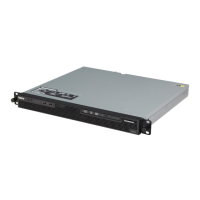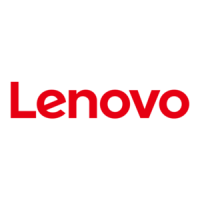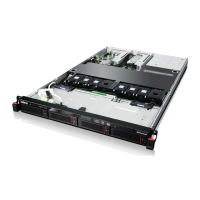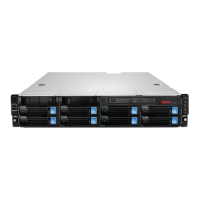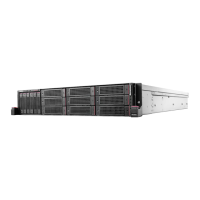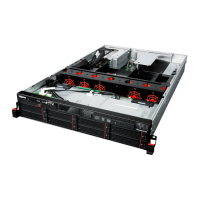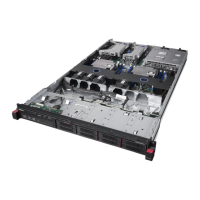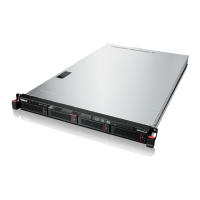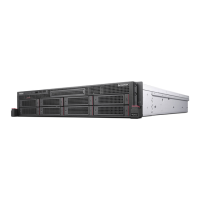The following is an illustration of the simple-swap server models (TD100).
1 Bay 1 7 Bay 5
2 Bay 2 8 Bay 6
3 Bay 3 9 Bay 7
4 Bay 4
The following notes describe the types of drives that the server supports and other
information that you must consider when installing a drive:
v Make sure that you have all the cables and other equipment that is specified in
the documentation that comes with the drive.
v Check the instructions that come with the drive to see whether you have to set
any switches or jumpers on the drive. If you are installing a SATA or SAS device,
be sure to set the SATA or SAS ID for that device.
v External USB diskette drives, tape drives, CD drives, CD-RW drives, and
DVD/CD-RW combo drives are examples of removable-media drives. You can
install removable-media drives in bays 1, 2, and 3 only.
v To install a 3.5-inch drive in a 5.25-inch bay, you must use a 5.25-inch
conversion kit.
v The electromagnetic interference (EMI) integrity and cooling of the server are
protected by having all bays and PCI, PCI Express, and PCI-X slots covered or
occupied. When you install a drive or PCI, PCI Express, or PCI-X adapter, save
the EMC shield and filler panel from the bay or the PCI, PCI Express, or PCI-X
adapter slot cover in the event that you later remove the drive or adapter.
v For a list of supported options for the server, see http://www.lenovo.com/
thinkserver/.
Installing a hot-swap hard disk drive
Some server models come with hot-swap SAS or hot-swap SATA hard disk drives.
Before you install a hot-swap hard disk drive, read the following information:
Chapter 2. Installing optional devices 35
